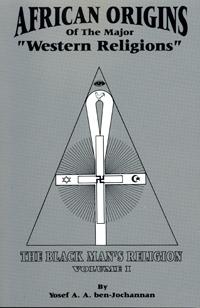
But sin is no respecter of skin: Sin stains the soul. Therefore, in many ways, perhaps in the deepest ways, the minister and the sheriff were hired by the Republic to keep the Republic white-to keep it free from sin. One cannot speak of sin without referring to blackness, and blackness stalks our history and our streets. Race and religion, it has been remarked, are fearfully entangled in the guts of this nation, so profoundly that to speak of one is to conjure up the other. Sinitiere is Professor of History at the College of Biblical Studies, a multiethnic school located in Houston’s Mahatma Gandhi District.


Finally, an overview of Michael Emerson’s subsequent scholarship that followed Divided by Faith suggests that it remains salient for those interested in a nuanced analysis of race and religion in America. Then he gauges Divided by Faith’s impact on American evangelicalism, linking it to an increase in “racial justice genre” books published by evangelical presses over the last dozen years. This article traces out the book’s impact on scholars, accounting for its place in the fields of American religious history and religious studies.

Sociologists Michael Emerson and Christian Smith asked in their book Divided by Faith: Evangelical Religion and the Problem of Race in America: will the evangelical church remove the color line? Phillip Luke Sinitiere offers a “history” of Divided by Faith since its publication in 2000.


 0 kommentar(er)
0 kommentar(er)
